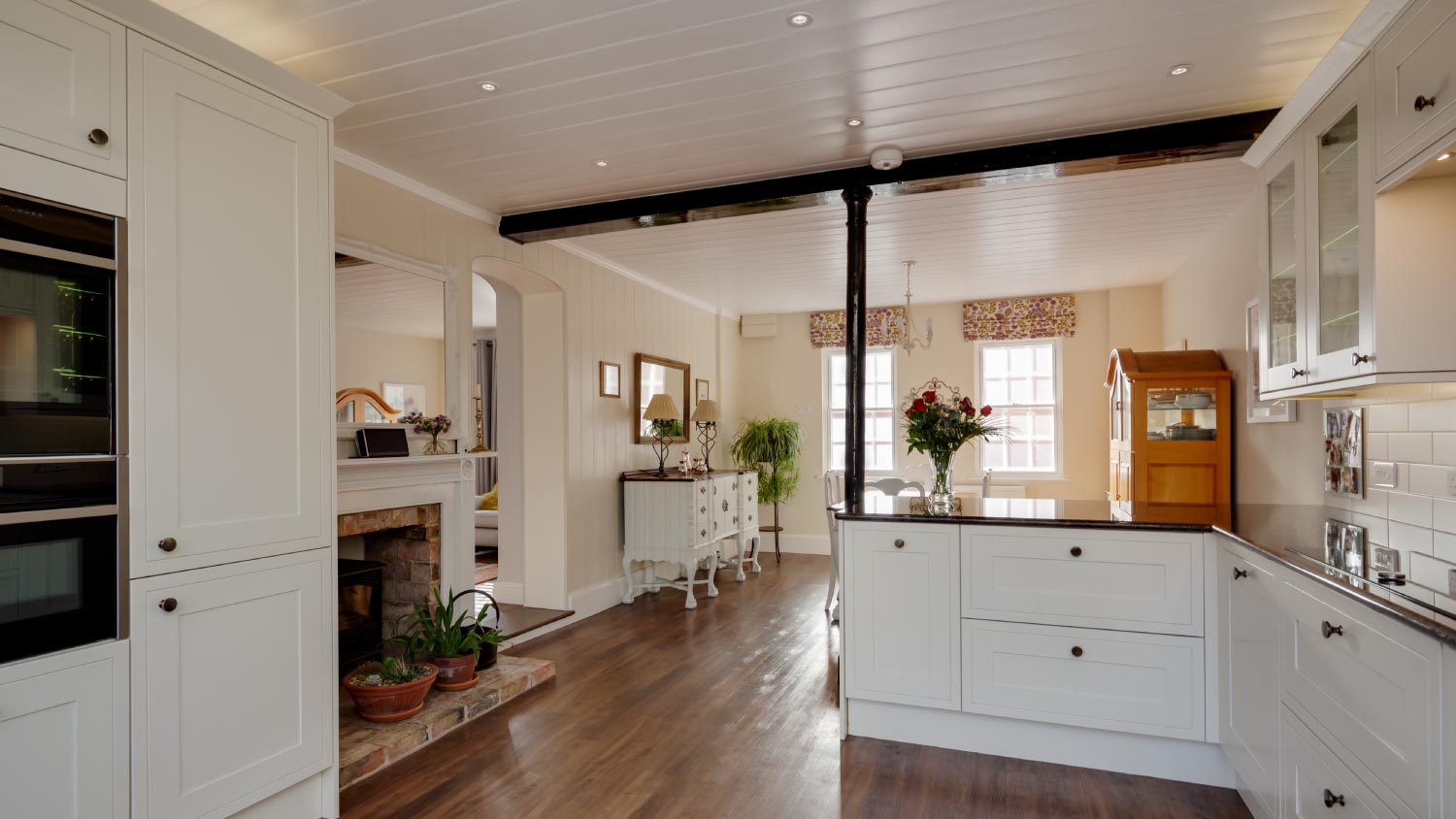
Installing beadboard ceilings is a great DIY project. Learn what to expect cost-wise from this project, whether removing or covering a popcorn ceiling.
Get past these sticking points so it can actually stick
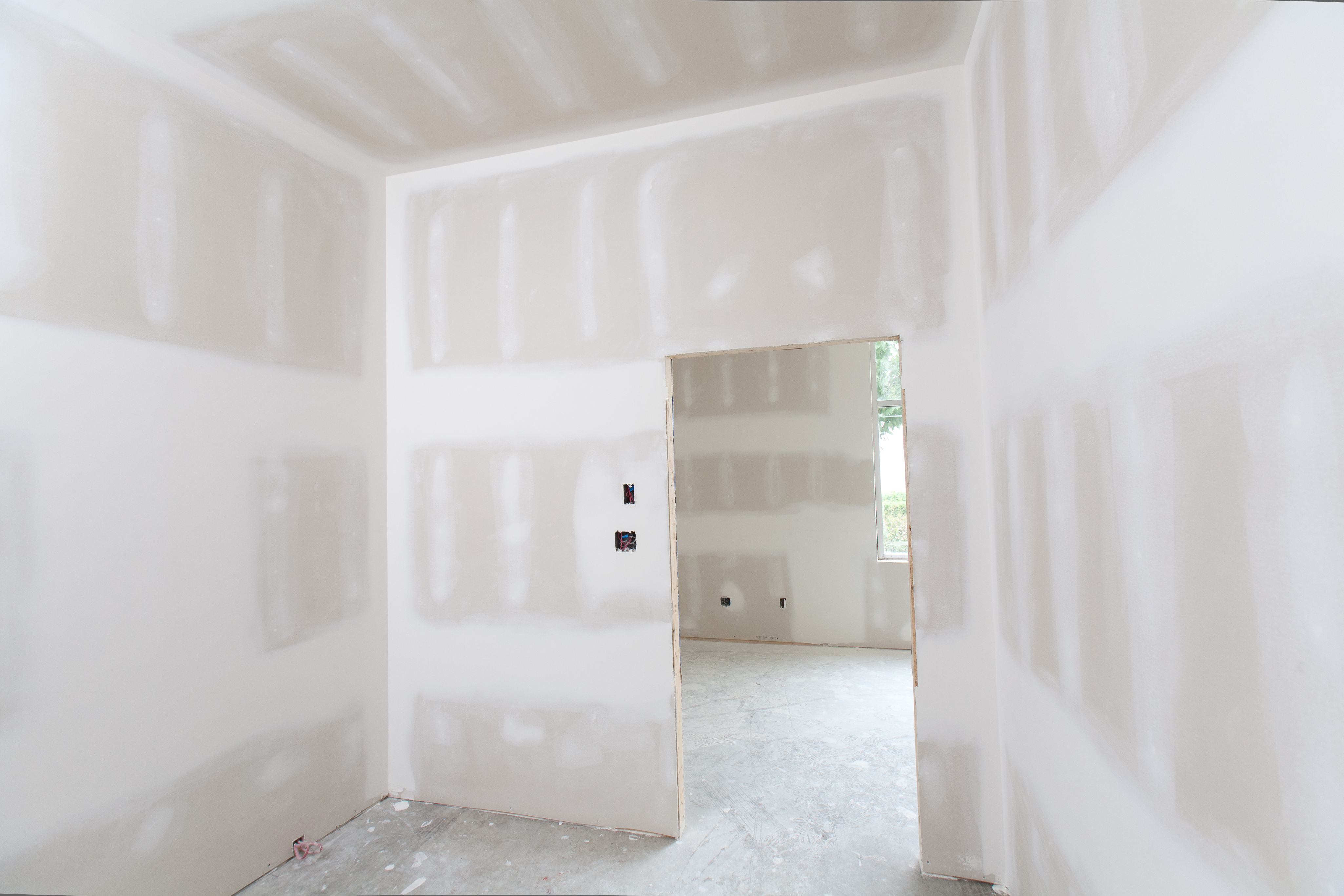

Joint compound smooths the finish on new walls and repairs it on existing walls.
If mud doesn’t stick to drywall, there are several possible culprits.
The drywall must be prepped well for a smooth application.
Cool, dry conditions help drywall mud set properly.
Joint compound, often called drywall mud or simply mud, provides a smooth finish for new walls and is used to patch and repair minor damage on existing walls. But it only works if it actually sticks. To avoid cracked and peeling walls due to the joint compound not sticking to the drywall, pay close attention to the condition and quality of the product as well as your application technique. Here are five possible reasons that your drywall mud might be having issues with adhesion.
Sorry to blame you right from the start, but one common problem with joint compound not sticking to drywall is the preparation. If you opted for powdered joint compound, you might have been a little off with your one-part water to two-part powder ratio, which is why it’s having trouble sticking now. Even if you get the premixed compound, it’s still a good idea to stir it until it's about as thick as cake batter. The smoother the consistency, the easier the application.
Sometimes, it’s the joint compound itself that gets the blame. There’s a reason manufacturers include an expiration date on the container: the product won’t be as effective if used after that date. This is true especially if the container of the compound was already open. Some experts argue that even if you never opened the container, you should still discard it when the expiration date passes. You might decide to give it a try if the sealed container was always kept in a cool, dry space; however, it may be safer to buy a fresh container of joint compound for your project.
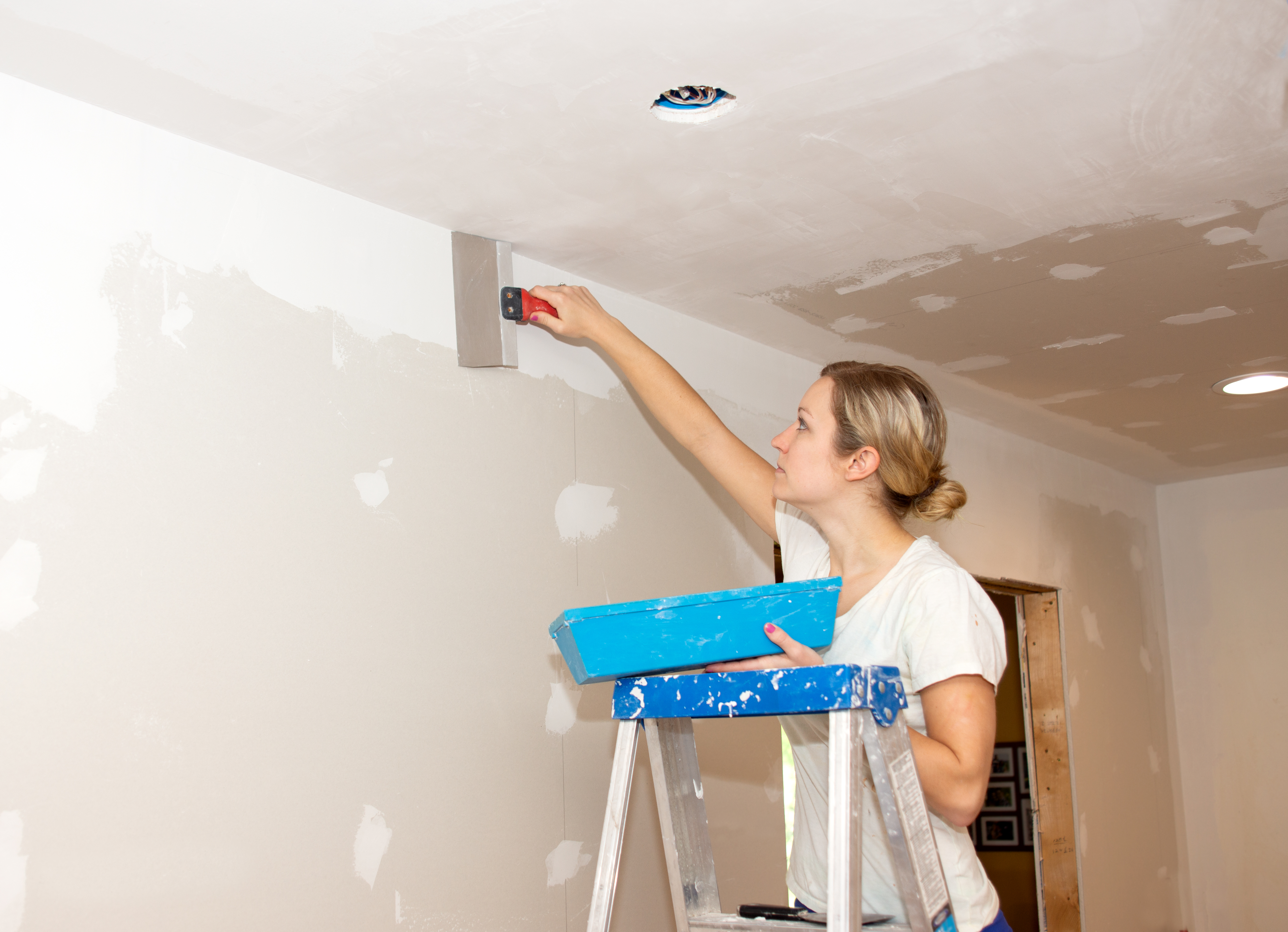
The drywall needs to be cleaned well and sanded smooth before it can be properly coated with a layer of joint compound. Ensure the wall is free of dust, dirt, and grease before proceeding. Otherwise, the joint compound won’t stick to the wall.
If they’re in good shape, you might simply wipe down the walls with a dry or damp cloth. However, if the walls are particularly dirty, if smokers reside in the house, or if there is currently an oil-based paint on the wall, you should clean the walls with a strong cleanser, such as TSP (trisodium phosphate), before proceeding. Always let the wall dry completely before applying the mud, so it adheres properly.
Apply your well-mixed joint compound evenly. Slathering too much of it will cause the wall to look uneven, plus it will take too long to dry. Scrape the wall with a trowel to spread the joint compound evenly, but don’t make it so thin that it dries before it has time to adhere properly between coats, which could lead to cracking.
Just as you would wait for cooler, less humid weather to paint a room, you’ll want ideal conditions when applying joint compound to drywall, too. This doesn’t mean the weather has to be perfect, but it should be between 60°F and 70°F with humidity levels between 40% and 50% so that the joint compound can dry thoroughly.
You could always turn on a dehumidifier and crank up the AC to create those better conditions if you’re tackling a project in the summertime. This will help the joint compound dry more quickly between coats.
DIYers can apply joint compound to drywall successfully with the proper preparation and application technique. However, if you're concerned about whether you have the skill level needed to hang drywall, consider calling a professional drywall repair specialist near you to get the job done.
From average costs to expert advice, get all the answers you need to get your job done.

Installing beadboard ceilings is a great DIY project. Learn what to expect cost-wise from this project, whether removing or covering a popcorn ceiling.
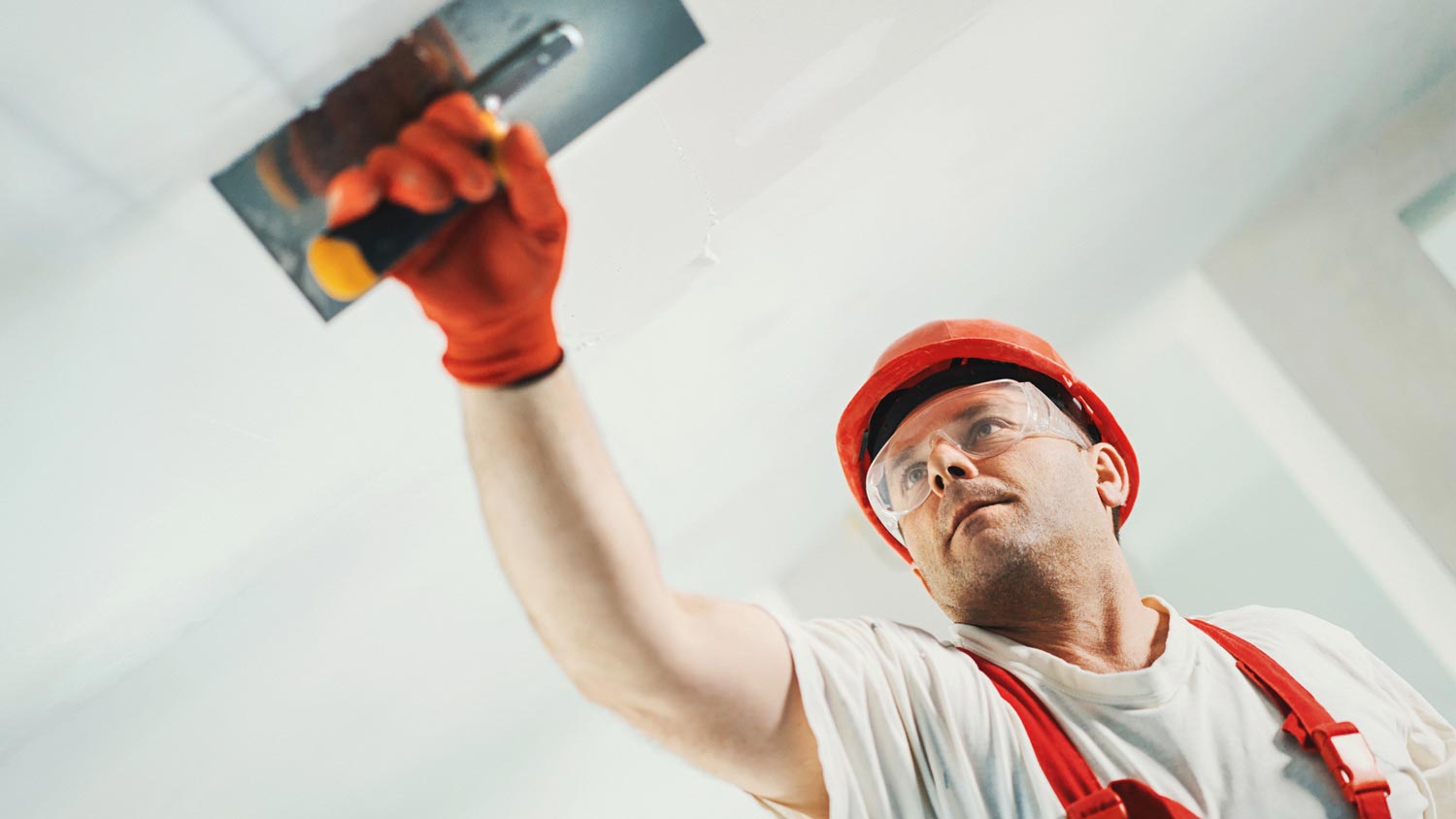
Skim coating drywall is a great alternative to replacement, and is often more affordable. Use this guide to estimate the cost to skim coat walls in your home.

Installing drywall is the most common way to finish your home’s interior. Use this drywall installation cost guide to see what your project is likely to cost.

Skim coating helps smooth out drywall before you apply paint. Learn how to skim coat a wall in eight steps with this guide.

Hanging drywall on a ceiling can be a tough project because the drywall is heavy, and you must lift it over head. Use this guide to learn how to hang drywall on a ceiling the right way.
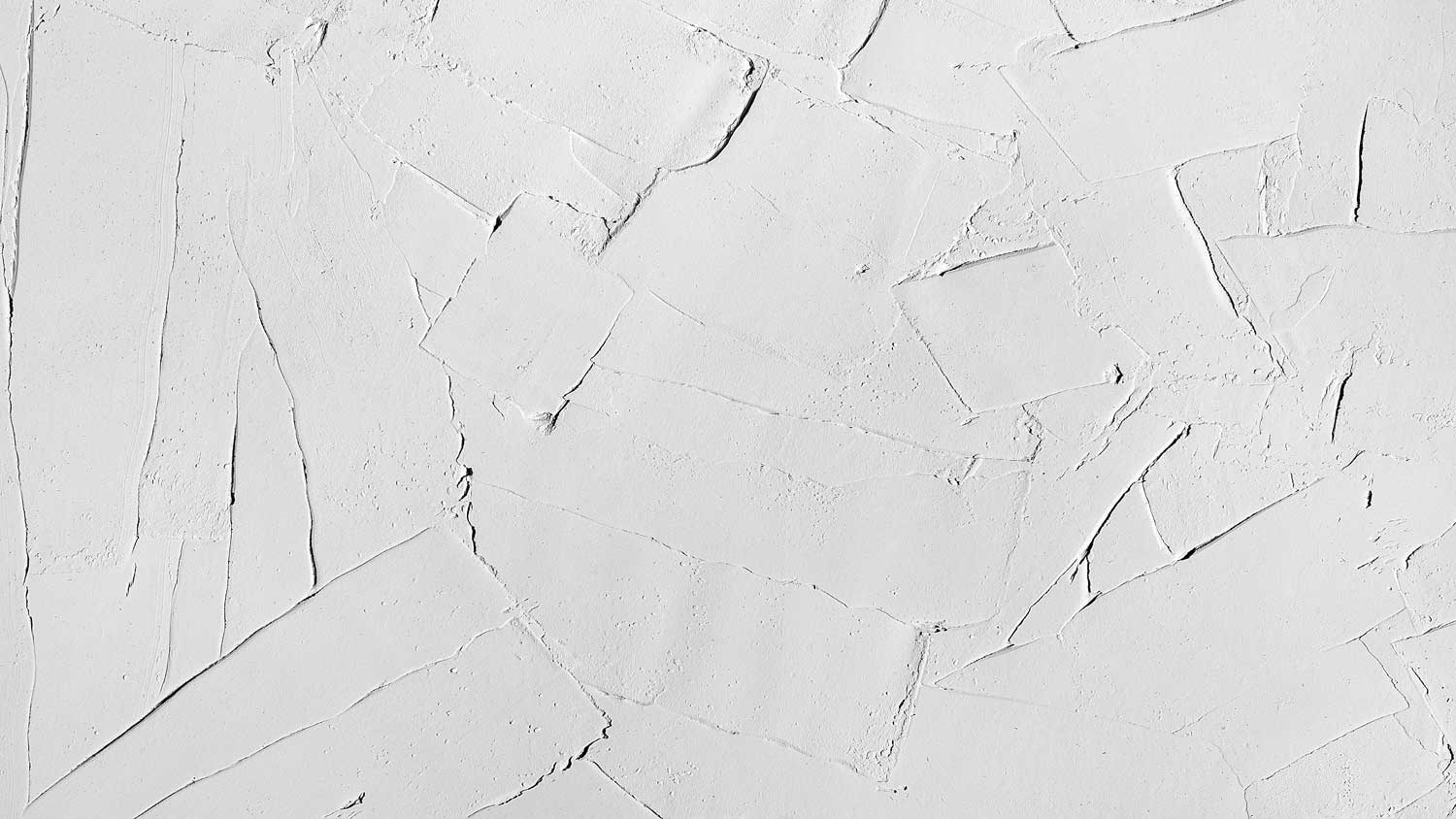
Matching the texture of existing drywall can be tricky, but it’s doable. Learn how to match drywall texture with these straightforward tips.